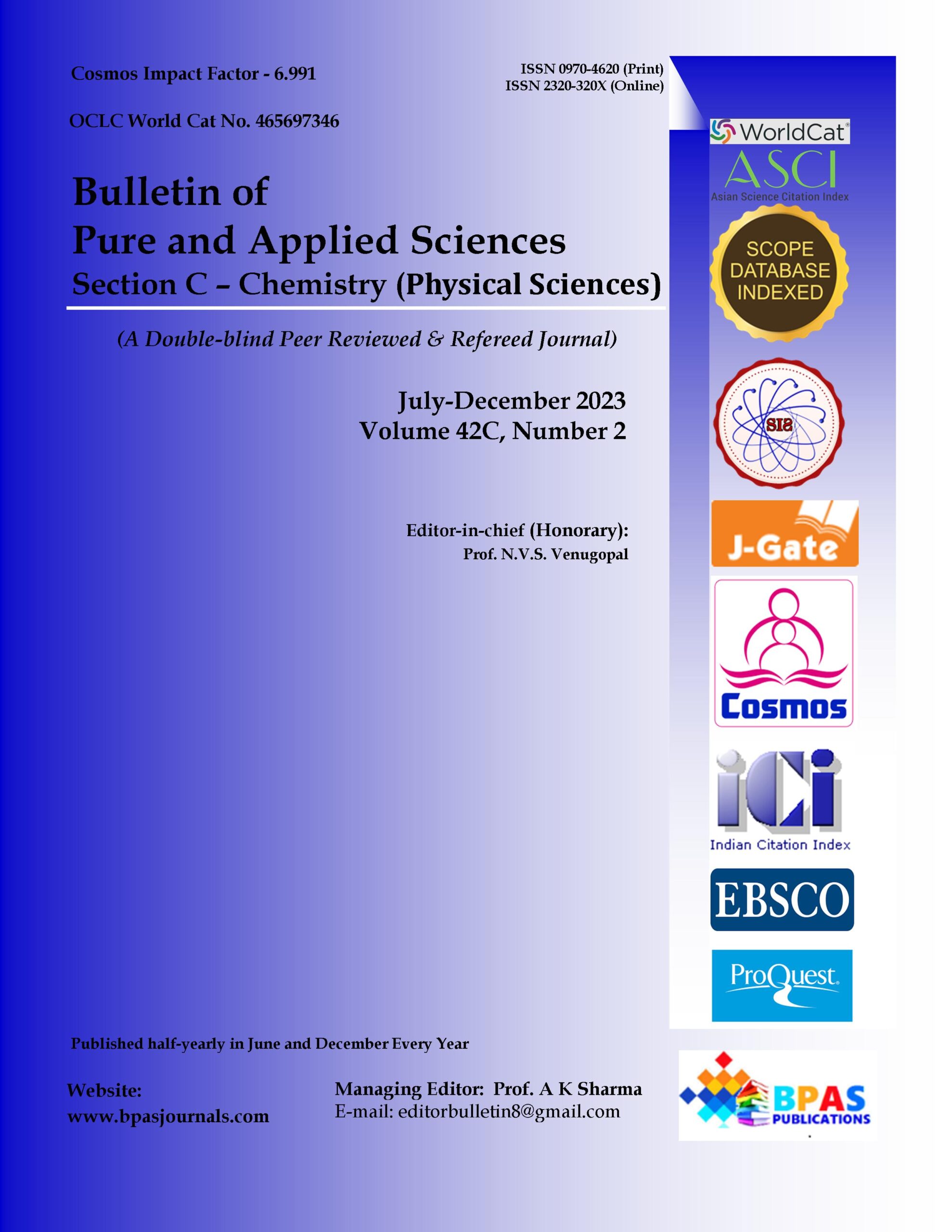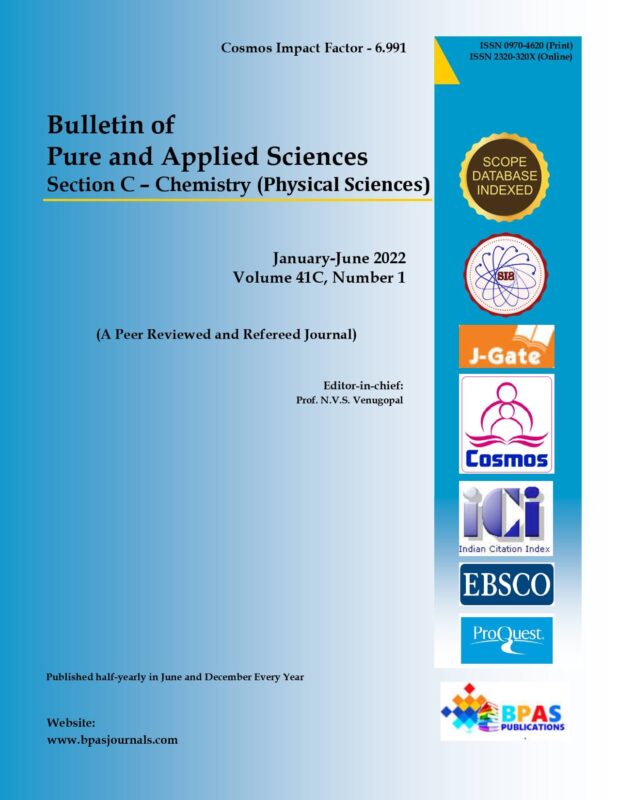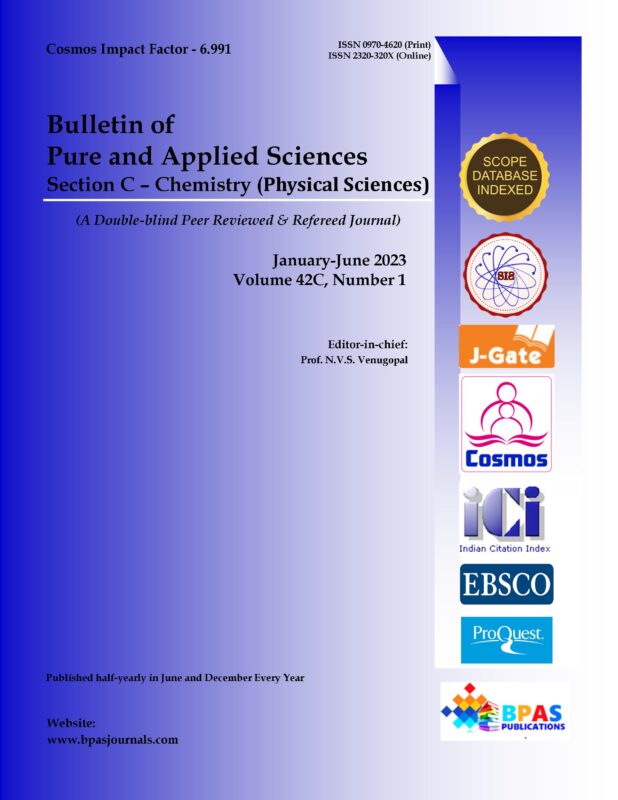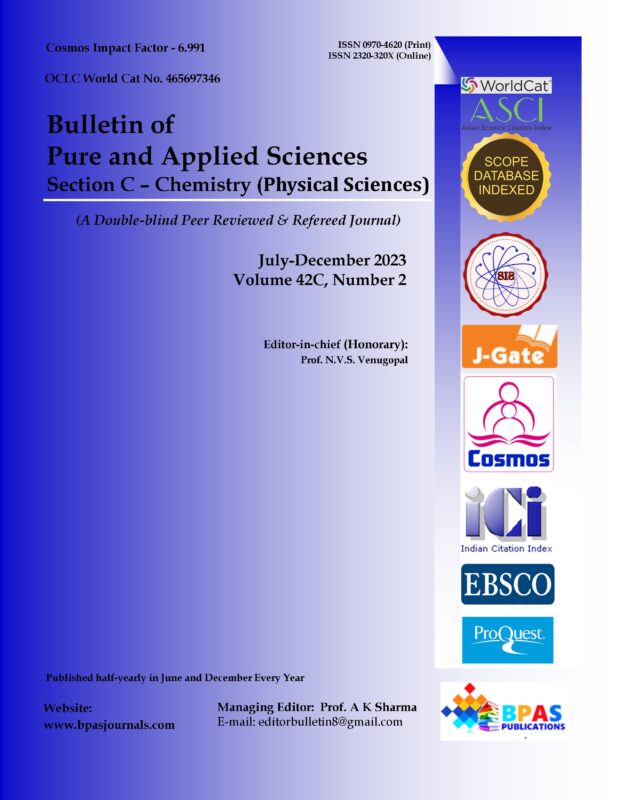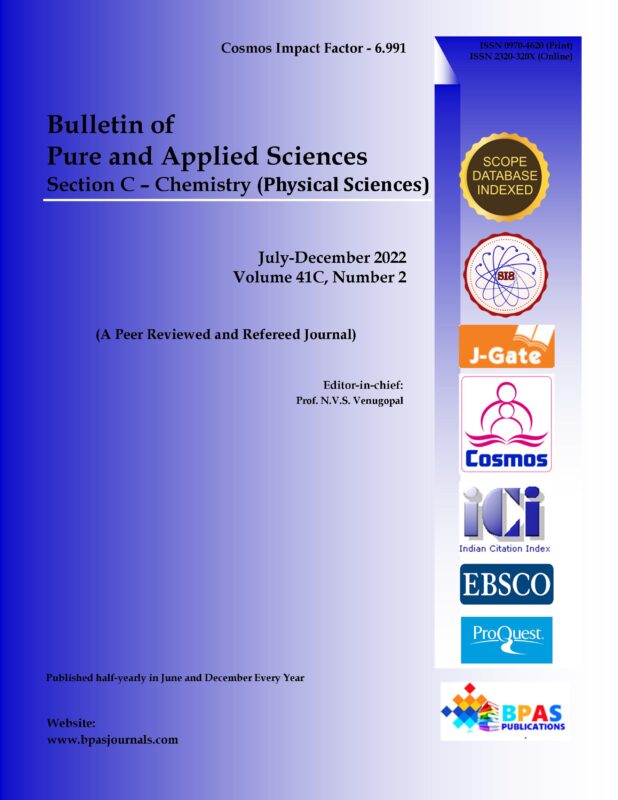A Review On – Material Selection For Corrosion Studies
9.38$
Pruthviraj R.D.*
Review Article
Bulletin of Pure and Applied Sciences.
Chemistry , Vol.42 C, No.2
July-December 2023: P.106-111
Categories: 42C(2), JUL-DEC 2023, BPAS-Chemistry
Description
Description
Pruthviraj R.D.*
Author Affiliations
Chemistry R&D Centre, Department of Chemistry, Rajarajeswari College of Engineering, Bengaluru, Karnataka 560074, India.
*Corresponding Author
Pruthviraj RD
Chemistry R&D Centre, Department of Chemistry, Rajarajeswari College of Engineering, Bengaluru, Karnataka 560074, India.
E-mail: pruthvirajrd@gmail.com
Received on 06.06.2023, Revised on 18.08.2023, Approved on 07.10.2023, Accepted on 23.11.2023, Published on 23.12.2023
Abstract
Corrosion is the largest single cause of plant and equipment breakdown in the process industries. For most applications it is possible to select materials of construction that are completely resistant to attack by the process fluids, but the cost of such an approach is often prohibitive. In practice it is usual to select materials that corrode slowly at a known rate and to make an allowance for this in specifying the material thickness. However, a significant proportion of corrosion failures occur due to some form of localised corrosion, which results in failure in a much shorter time than would be expected from uniform wastage. Additionally, it is important to take into account that external atmospheric corrosion leads to many instances of loss of containment and tends to be a greater problem than internal corrosion. All these aspects of corrosive behaviour need to be addressed both at plant design time and during the life of the plant.
Keywords: Corrosion, Metals, Matrix Alloys, Alumimium Based Alloys, Castings.

